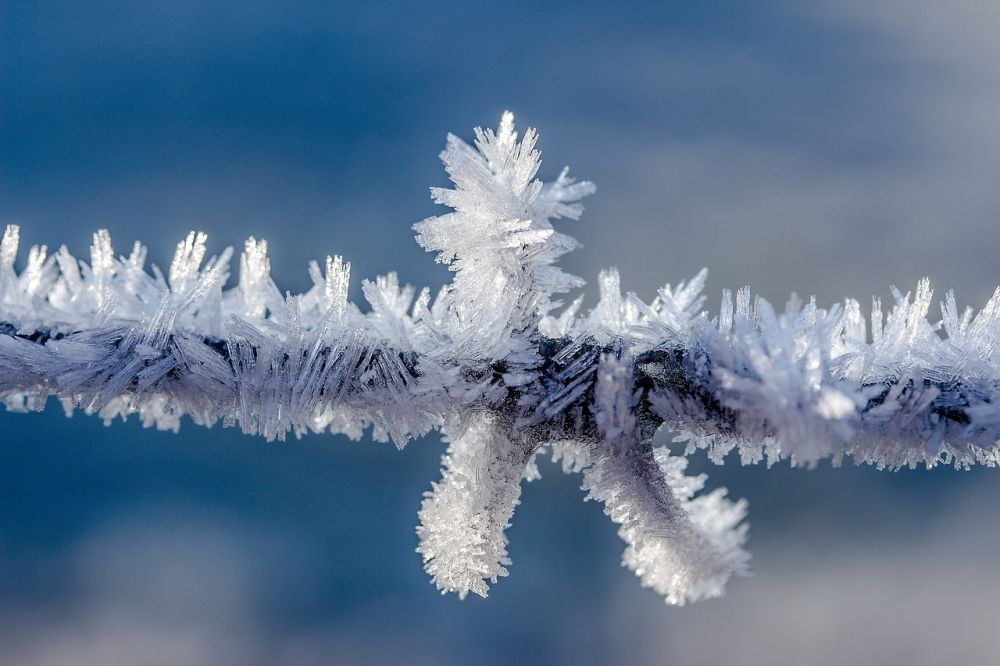
What Is Frost Heave, and What Does It Have to Do With Your Fence?
Depending on where you live (and where you come from), you might not be too familiar with the concept of frost heave. As you can imagine from the name, it’s not something you have to worry about in warmer climates!
However, in cold places, frost heave can be a big problem for fences and gates. Here’s what you need to know.
What Is the Frost Line?
The first thing you need to know about frost heave is what the frost line is.
In very cold places, the ground freezes in the winter and depending on how cold it gets, that layer of frost could be considerably deeper than the surface of the soil on your site. In fact, in some places, the frost line is four feet or about 1.2 meters below the surface!
What Is Frost Heave?
If you’ve ever had a frozen bottle explode in the fridge, you’ve already seen, in spectacular fashion, how water expands when it freezes. That’s fairly unique because most substances contract when they get cold – but not water.
Of course, there’s always some water in any soil, and some types of soil or areas with a high water table have more groundwater than other places.
There are even some kinds of soil, like clay, that are known as “expansive soils.” These are soils that are known to expand a lot when they are frozen.
Frost heave is something that happens to various types of construction in places that have this kind of freezing, expanding groundwater. It can exert so much upward force that it can crack sidewalks and slabs and even push fences and gate posts up out of the ground.
If you’ve ever seen a fence that was perfectly level before the first winter snow become uneven after the snow thaws, you’ve seen this in action.
What Can You Do to Prevent Frost Heave On Your Fence?
Of course, no one wants to have a fence that looks terrible after its first winter, so you probably want to know how to avoid frost heave on your fence and gates.
It’s not always possible to avoid this completely, but there are some things you can do to help prevent it from happening on your fence line:
- Find out what the frost line in your area is.
- Make sure that any fence companies that quote on installing your fence include posts that will go down deeper than the frost line
- Consider using longer, pounded line posts if you’re installing a chain link fence – they have less surface area, so they could move less when soil expands
- Ask your fence company to install gates using adjustable hinges so that you can make minor adjustments in the springtime
Frost heave is not something you can always avoid with fencing or any kind of construction, but fence companies that are used to working in colder climates should be able to advise you on how you can minimize the risk. So be sure to ask the question while you’re getting quotes and evaluating potential fence installers.


